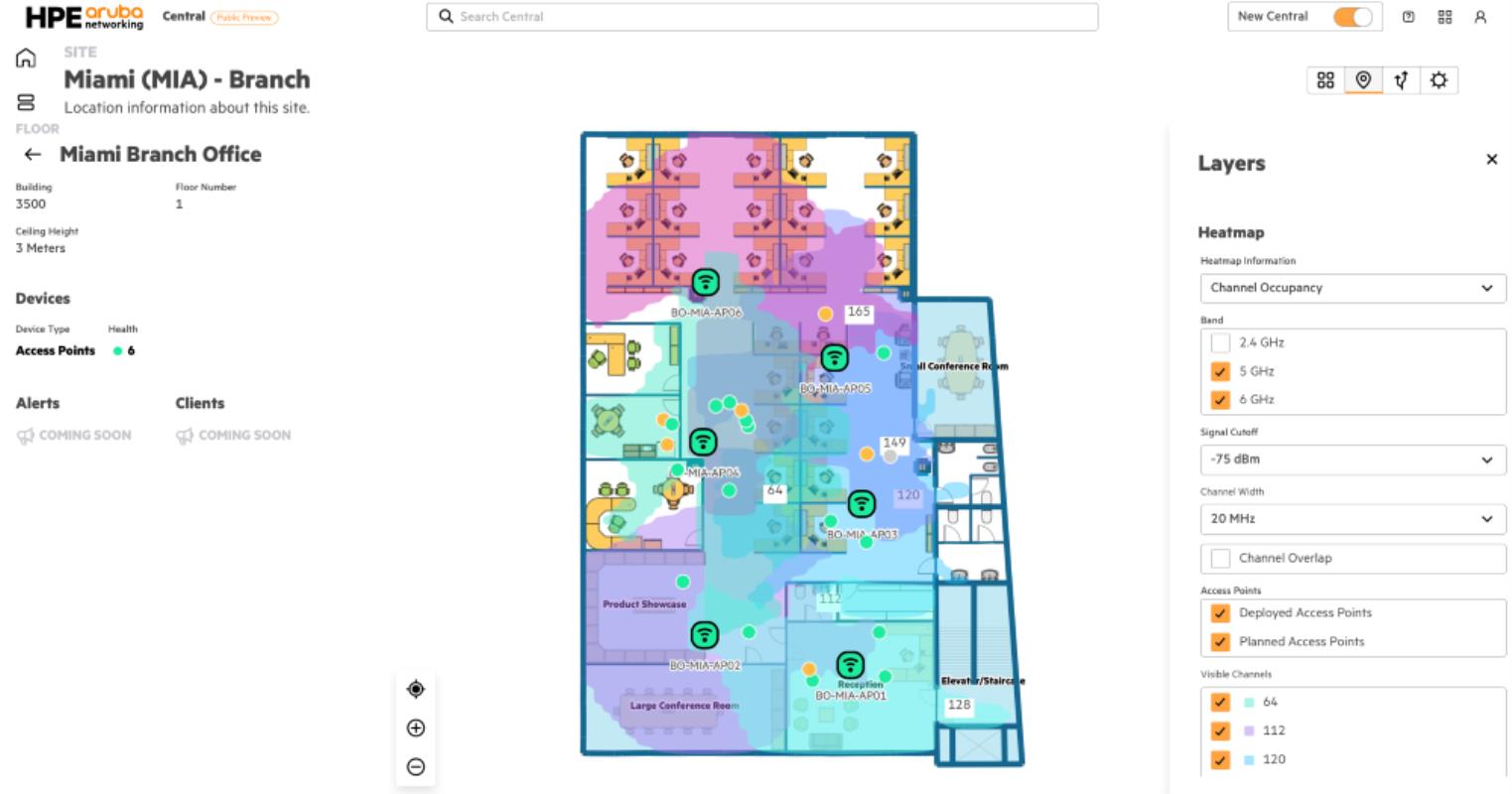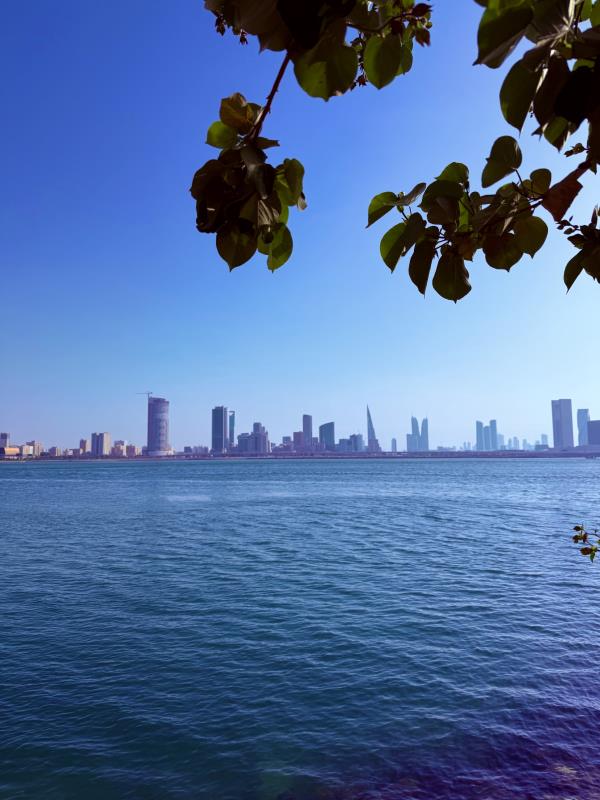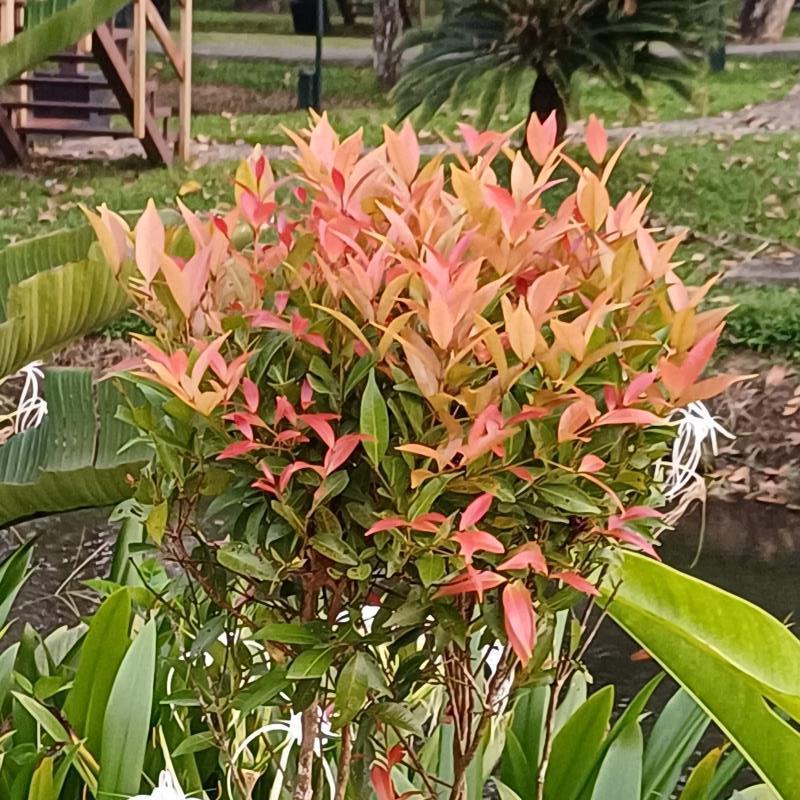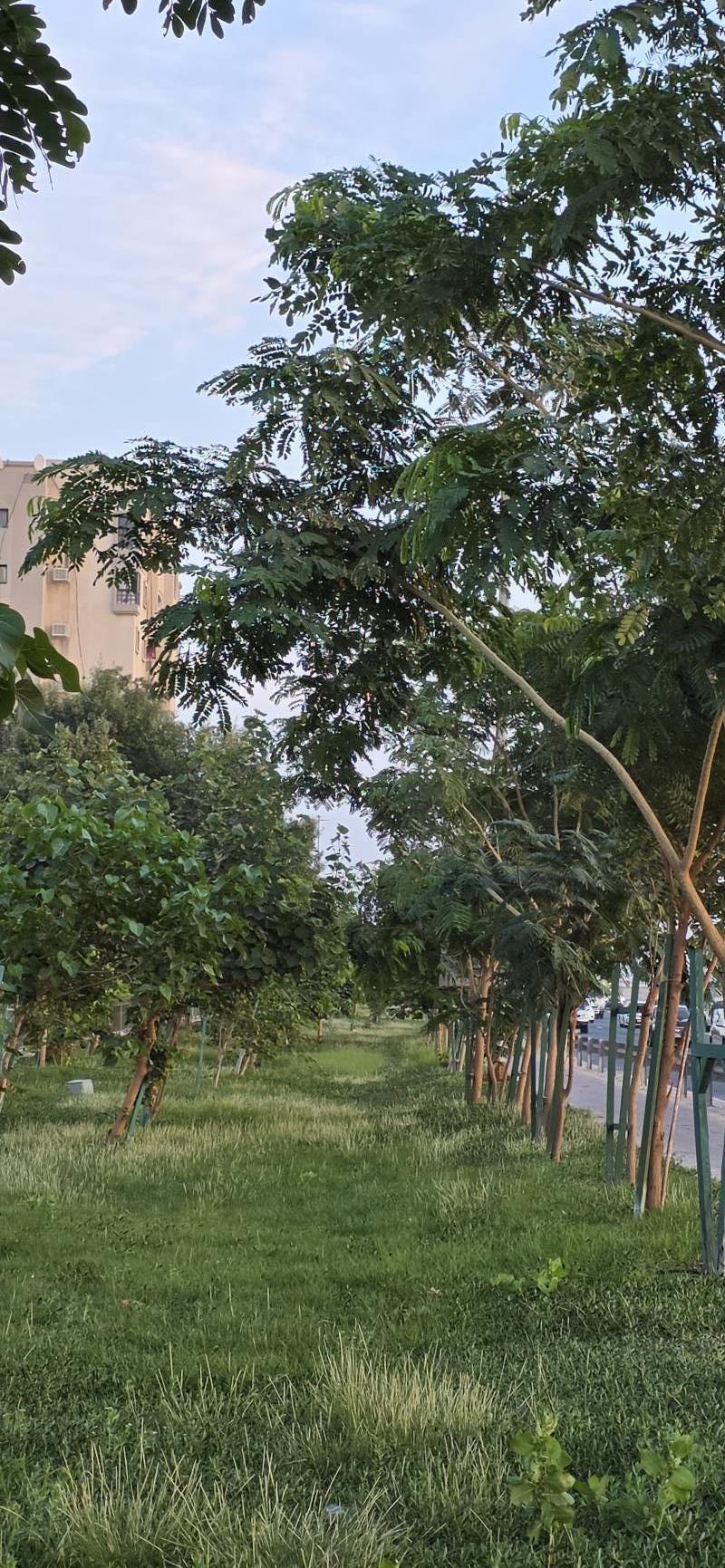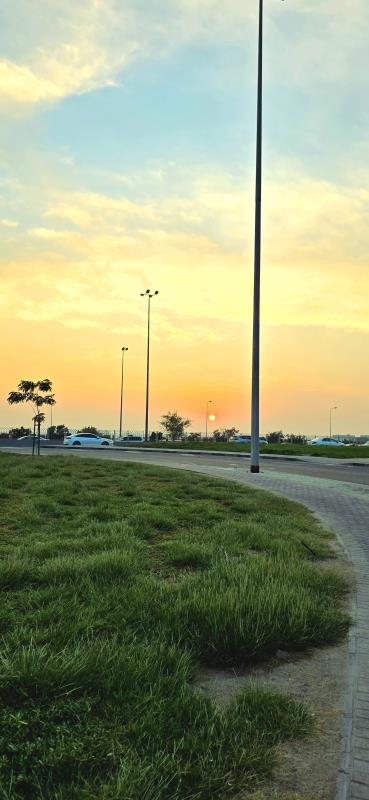Within its ongoing efforts to bolster wildlife and preserve biodiversity in the Emirate of Sharjah, the Environment and Protected Areas Authority in Sharjah (EPAA) announced the admission of Wasit Wetland Center into the membership of the Wetland Link International (WLI) network.
Wetland Link International is a global network of wetland centers with 350 members across six continents, known as WLI. It has received official recognition through a memorandum of understanding with the Ramsar Convention on Wetlands, and it acts as a key mechanism to assist educational wetland centers and contracting parties in the Ramsar Convention. It enables them to promote communication programs, raise awareness about educational initiatives and training programs at the community level, exchange expertise, and disseminate relevant conservation tools, which are collectively known as CEPA in wetlands.
Crowning Sharjah's efforts in the environmental field
On this occasion, Her Excellency Hana Saif Al Suwaidi, Chairperson of the Environment and Protected Areas Authority in Sharjah, expressed great pride in the successful membership of Wasit Wetland Center to the network and officially receiving the membership certificate. This reflects the success of the Sharjah government's efforts in developing natural reserves and wetlands across various regions and cities of the emirate, considering them an essential cornerstone and an important pillar of its environmental strategy, as well as an integral part of its natural and tourist landmarks. The EPAA pays wide attention and continuous care to these reserves and centers, and it continuously strives to provide a safe and comprehensive life for the diverse and often endangered plants, animals, and birds that inhabit them.
Regarding the Wasit Wetland Center, Aisha Al Midfa, the person in charge of the Wasit Wetland Center, clarified that it is located at the point where the land meets the sea in Sharjah city. It consists of expansive sand dunes, fresh water ponds, part of an ancient chain, mudflats, and salty coastal lakes. It supports a broad array of wildlife species that inhabit wetland areas, providing them with food, shelter, a safe haven, and optimal opportunities for nesting and breeding.
EPAA Enhances Its Environmental Awareness Mission
She added that the center has succeeded in fulfilling its environmental mission by introducing visitors to various types of coastal birds and their gatherings. It has managed to create a type of proximity between visitors and these birds. She noted that the center hosts more than 60 species of resident and migratory birds, offering a unique experience for the public to observe birds in large enclosures and those spread out within multiple bird-watching spots distributed across the site.





















































